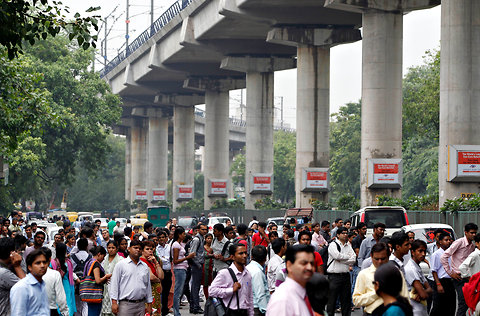
New Delhi, August 1: A day after the biggest blackout in the country, affecting half of India's population, the main distribution company Wednesday said nearly 100 percent of the demand had been restored in all five regions of the country.
According to the Power System Operation Corp, a subsidiary of the state-run Power Grid Corp that carries electricity across the national grid, the entire Delhi's demand of 2,94 MW had been met, while for the northern region it was 95 percent of 29,546 MW.
In the eastern, too, the demand catered to was 95 percent, while in north-eastern, the western and southern regions, the demand met was 100 percent, said the company in a grid status report Wednesday morning.
This was also thanks to the revival of 16,372 MW of hydel power in the country. A massive power outage Tuesday afternoon -- which was the second successive day of a blackout -- had crippled life across 19 states, disrupting not just rail and Metro services, but also leaving some major traffic snarls.
The Power Grid Corp and its subsidiaries buy electricity from various generating firms, including those outside India like in neighbouring Bhutan, and transmit such power via their network to the distribution companies, which in turn sell it to end-consumers.
The company has already filed a complaint with the electricity sector watchdog against some states for successively overdrawing power, which was the main reason for such a large-scale outage Monday and Tuesday.
The Central Electricity Regulatory Commission, in turn, has summoned top officials of five errant states to appear before it Aug 14, holding them personally responsible for not adhering to an earlier order of not to overdraw electricity.
Those summoned for the Aug 14 hearing by the Central Electricity Regulatory Commission are the heads of the respective electricity bodies of Uttar Pradesh, Haryana, Punjab, Uttarakhand and Jammu and Kashmir.





Comments
Add new comment